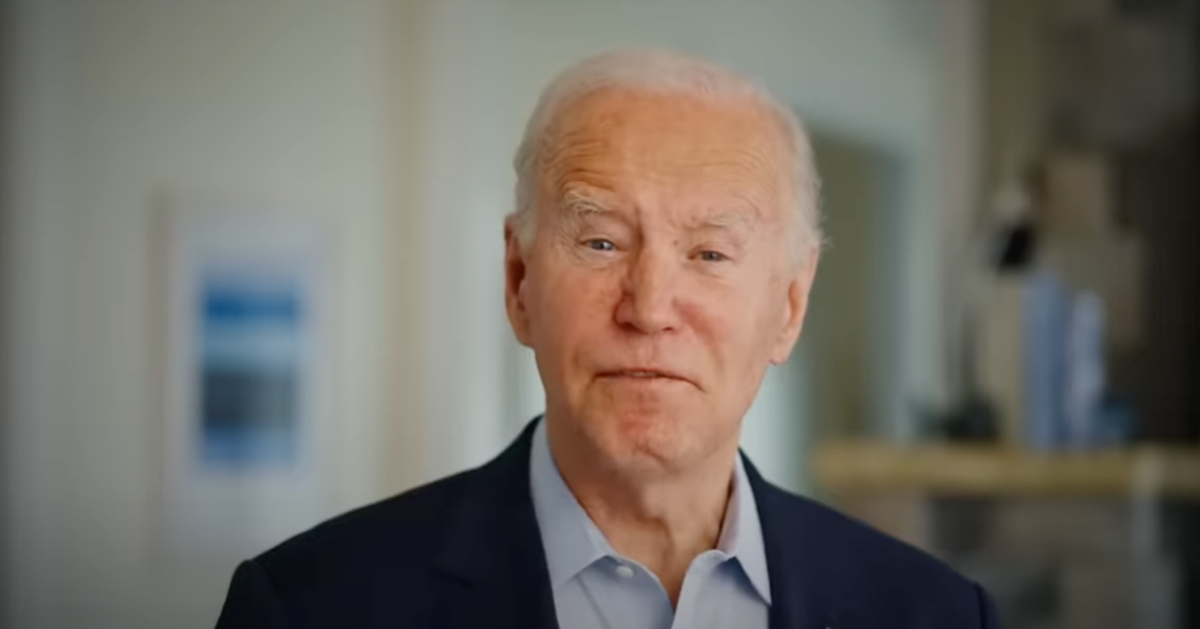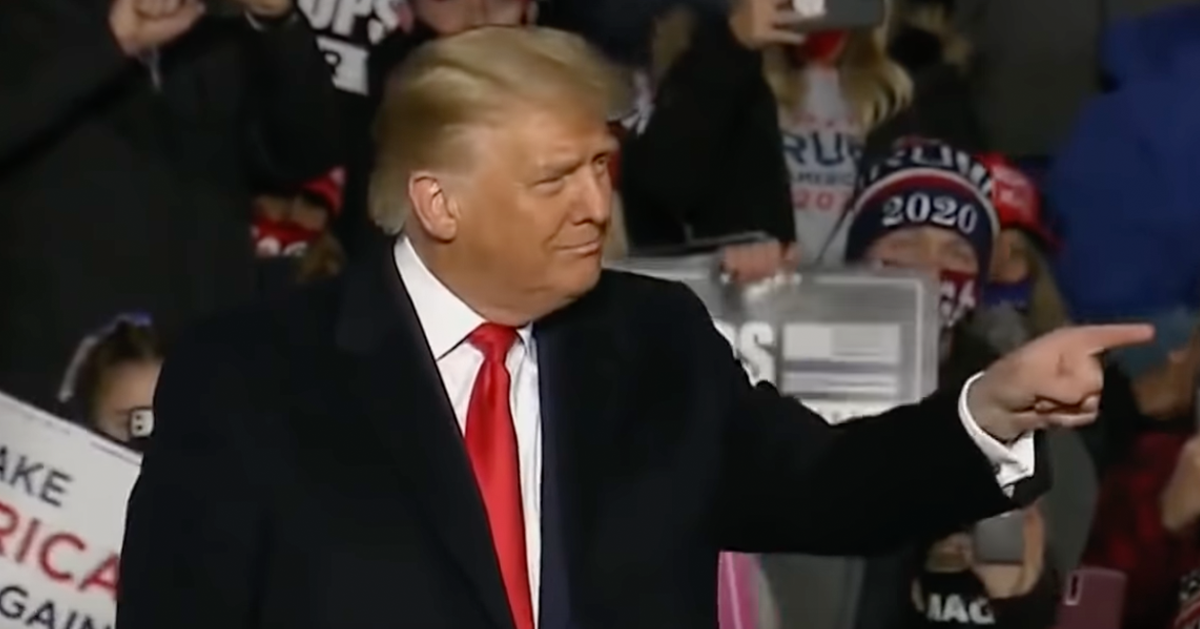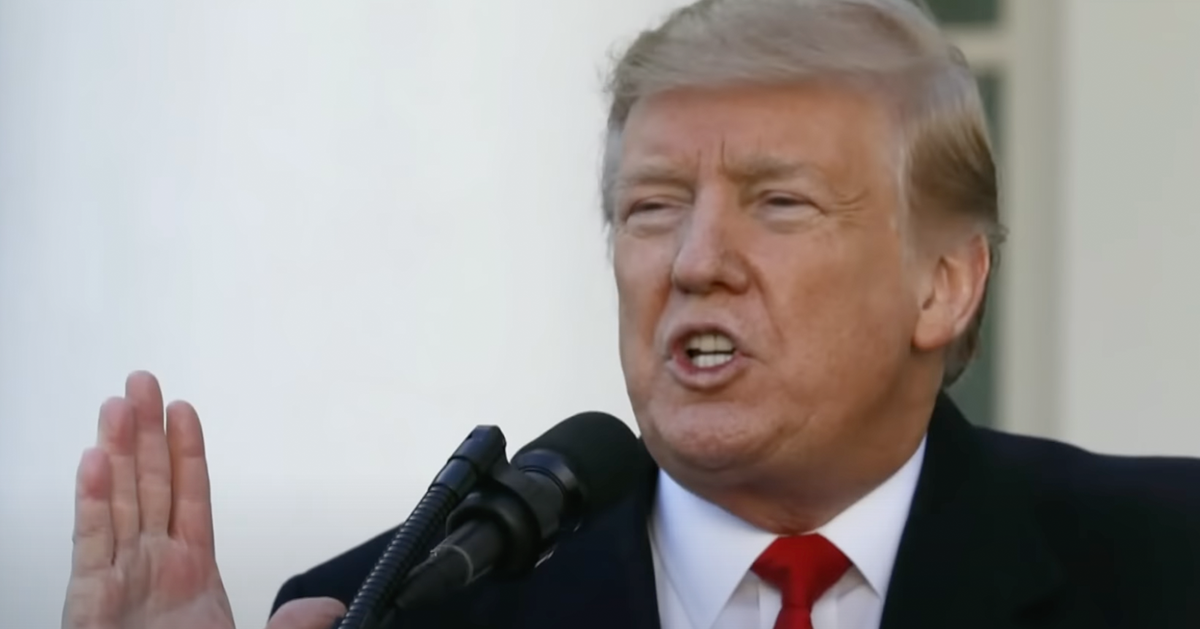Harris Supports SCOTUS Term Limits Plan Targeting Justice Clarence Thomas
The Harris-Walz campaign has introduced a set of policy proposals that could dramatically reshape the U.S. Supreme Court.
Among Harris' most controversial ideas is a plan to impose term limits on Supreme Court justices, a reform that, if implemented, could lead to the retirement of several sitting justices, including Clarence Thomas, by 2025, as the Washington Examiner reports.
The proposal is part of a broader push by Vice President Kamala Harris to reform the Supreme Court and restore what she says are crucial reproductive freedoms, addressing criticism of the court’s current composition, shaped by appointments made by former President Donald Trump.
The Harris-Walz campaign’s policy positions were posted on its official website on Monday. The proposals include a detailed plan that could result in the forced retirement of Thomas within the next year, with the potential for two more Republican-appointed justices to be replaced before the end of the decade.
Plan Introduced Before Trump Debate
The timing of the policy release is noteworthy, coming just a day before Harris is set to debate former President Trump. The debate is expected to be a critical moment for both candidates, especially as Harris has consistently attacked Trump’s Supreme Court appointees for their stance on reproductive rights.
The Harris-Walz campaign has made it clear that the proposed reforms are intended to address what it views as the damage caused by Trump’s influence on the judiciary. On the campaign’s website, the Harris-Walz team directly criticizes the former president’s judicial nominees. “Donald Trump handpicked members of the United States Supreme Court to take away reproductive freedom -- and now he brags about it,” the site states.
Senator Whitehouse’s Legislation Plays a Key Role
One key figure behind the push for Supreme Court reform is Sen. Sheldon Whitehouse (D-RI). Whitehouse has proposed Senate Bill 3096, known as the Supreme Court Biennial Appointments and Term Limits Act, which would establish 18-year term limits for Supreme Court justices. Under this proposal, new justices would be nominated every two years, creating a rotating membership of nine justices who would hear cases, while older members would assume semiretired status.
According to Whitehouse, the Harris-Walz campaign’s proposals are closely aligned with his bill, though they have not formally endorsed it. “They have not gone so far as to say, ‘We endorse your bill.’ They have said that your bills are precisely aligned with what we are talking about,” Whitehouse said.
Potential Impact of the Plan on the Court’s Makeup
If Whitehouse’s bill were enacted, Harris could replace Justice Clarence Thomas as early as 2025. The legislation would also allow her to appoint a successor for Chief Justice John Roberts in 2027, should she serve a second term. Justice Samuel Alito, another Republican appointee, could also face forced retirement if the reforms proceed as outlined.
However, passing the bill would be no easy feat. Normally, such legislation would require a two-thirds majority in Congress to pass. Democrats, however, might be able to push the bill through with a simple majority if they control both Congress and the White House at the time of a vote.
Constitutional Challenges Could Loom
Despite the enthusiasm from some Democrats, legal experts warn that any effort to impose term limits on Supreme Court justices could face constitutional challenges. Article 3 of the U.S. Constitution states that justices serve “during good behavior,” which has traditionally been interpreted to mean lifetime appointments.
Whitehouse’s bill, therefore, represents one of the most significant efforts in recent history to change the structure of the Supreme Court. Whether it would survive judicial review or require a constitutional amendment remains to be seen.
Broader Reforms and Legislative Support
In addition to the proposed term limits, the Harris-Walz campaign has voiced support for several other judicial reforms. These include a binding code of ethics for Supreme Court justices, a measure that proponents argue is necessary to ensure greater accountability and transparency in the nation’s highest court.
The campaign has also thrown its weight behind the John Lewis Voting Rights Advancement Act and the Freedom to Vote Act. These pieces of legislation aim to protect voting rights, though Republicans have expressed concerns, claiming that they could result in less-secure elections and the censorship of free speech.
Republican Response and the Future of Reforms
Republicans have criticized both the judicial reforms and the voting rights legislation supported by the Harris-Walz campaign. They argue that these proposals could undermine the integrity of the court and the electoral process. Some GOP lawmakers believe that the reforms are politically motivated and designed to erode the conservative majority on the court.
The Washington Examiner reached out to the Harris-Walz campaign and Sen. Whitehouse for comments but did not receive a response.
Conclusion
The Harris-Walz campaign’s proposal for Supreme Court reform, including the introduction of term limits for justices, represents a bold challenge to the current structure of the judiciary.
If enacted, the plan could lead to the retirement of Justice Clarence Thomas by 2025, with further changes in the composition of the court to follow.
While the proposal aligns with Senator Whitehouse’s legislative efforts, significant hurdles remain, including potential constitutional challenges.
As the campaign continues, these reforms are likely to become a key point of debate in the upcoming election.





